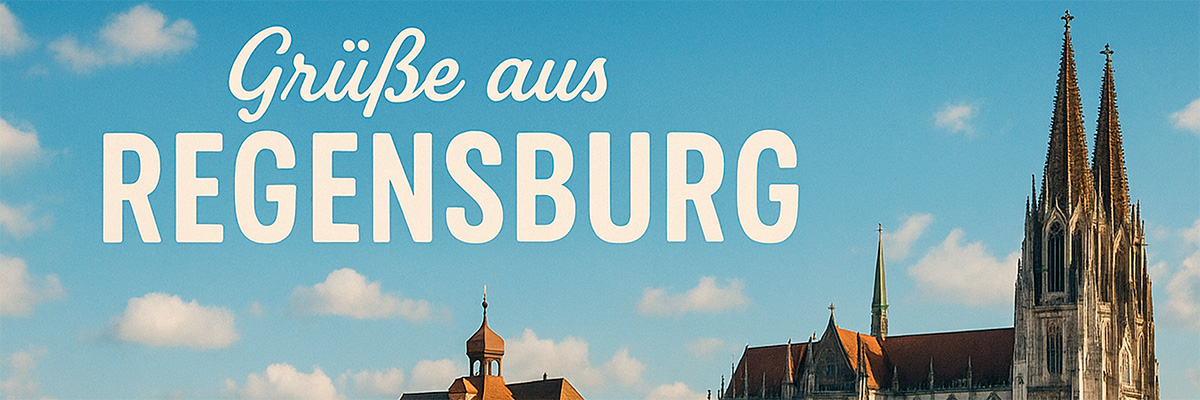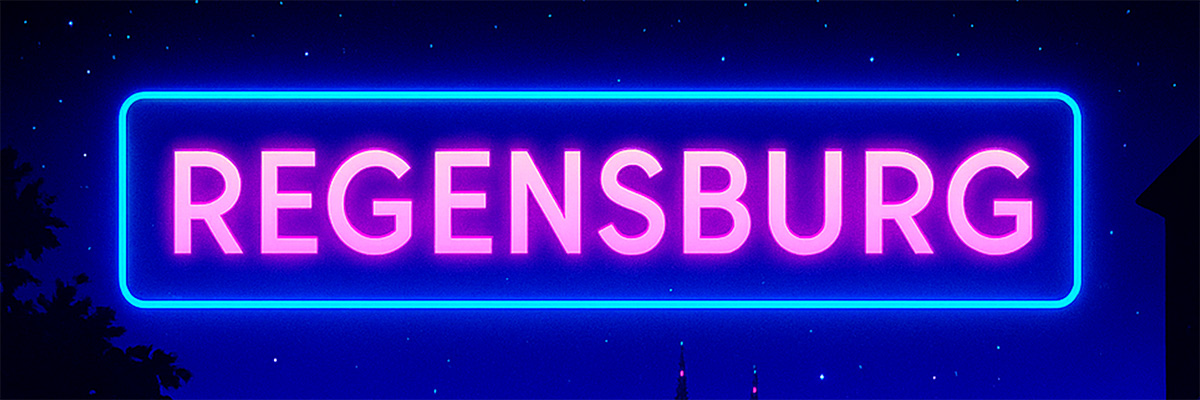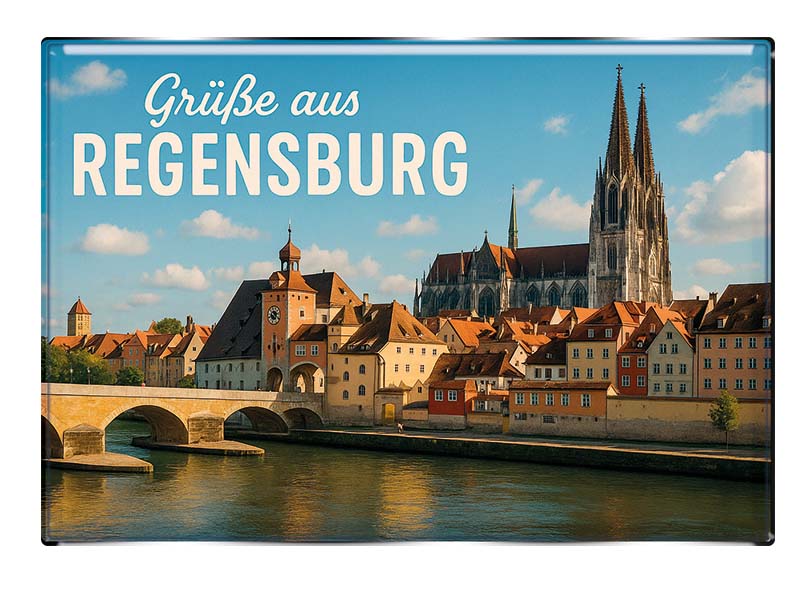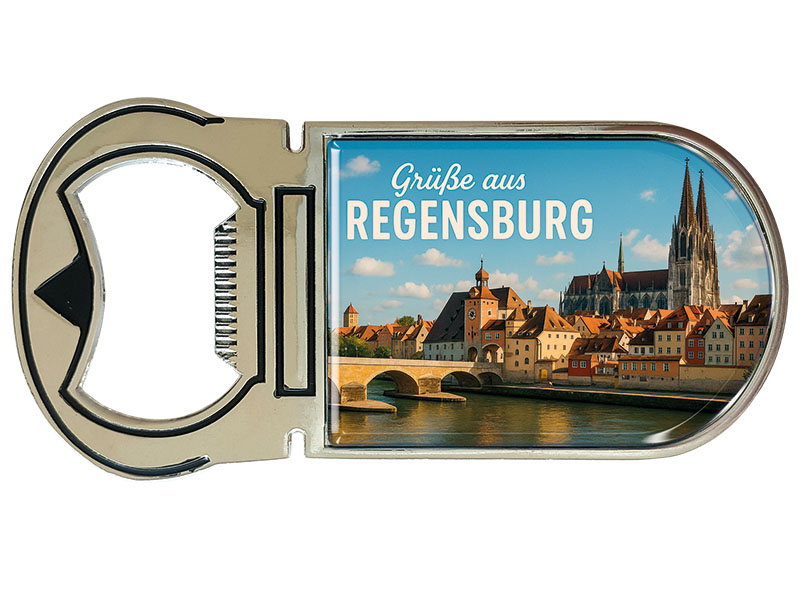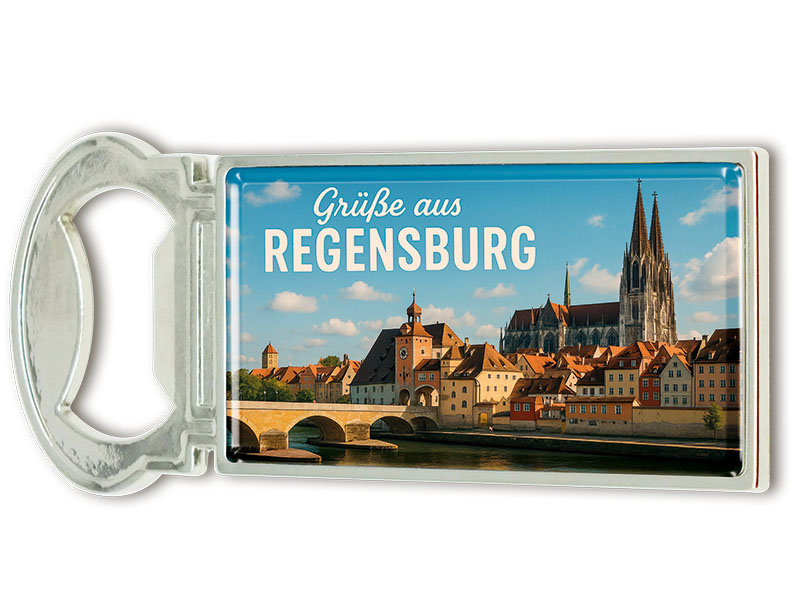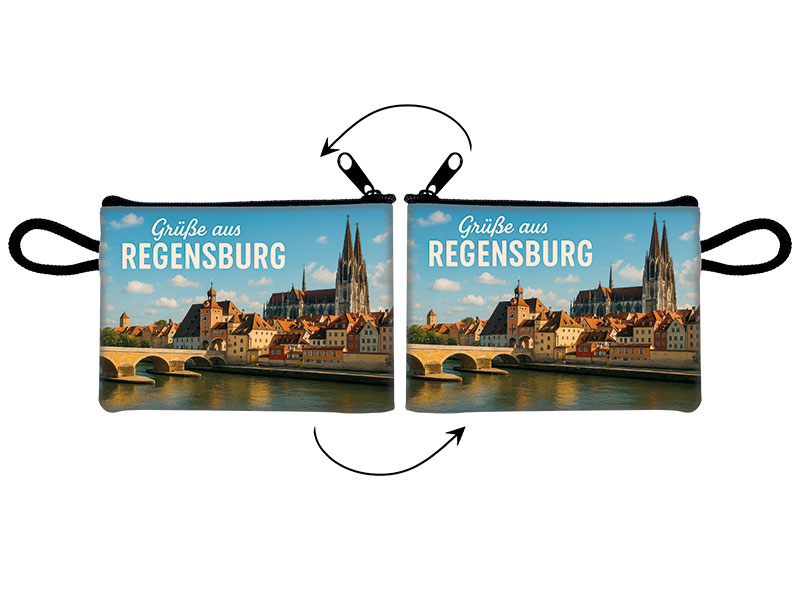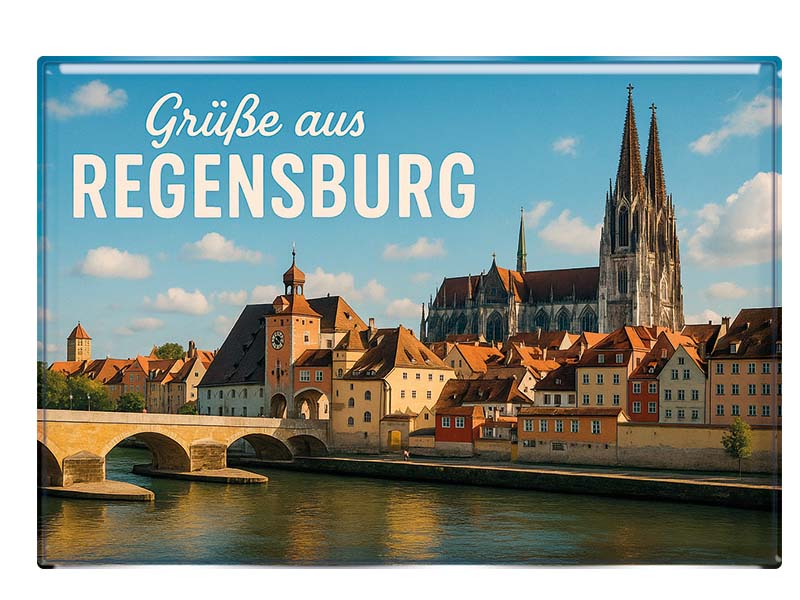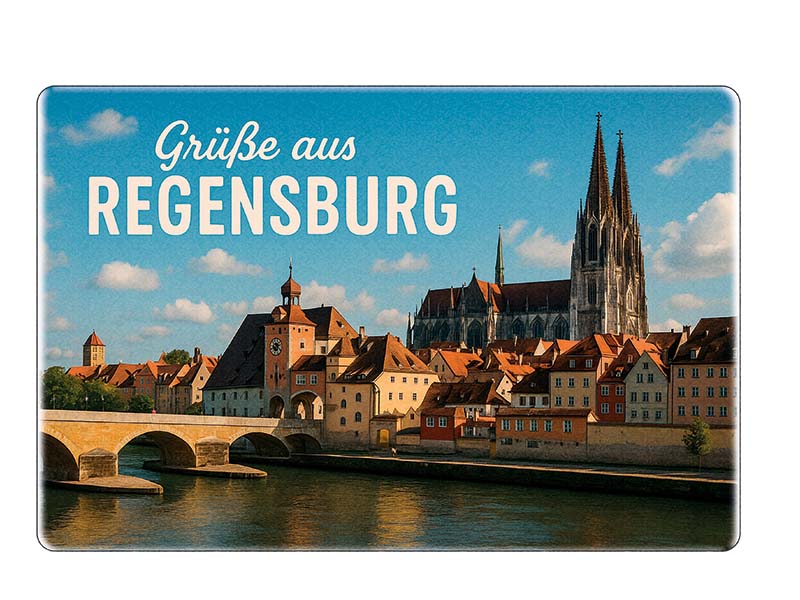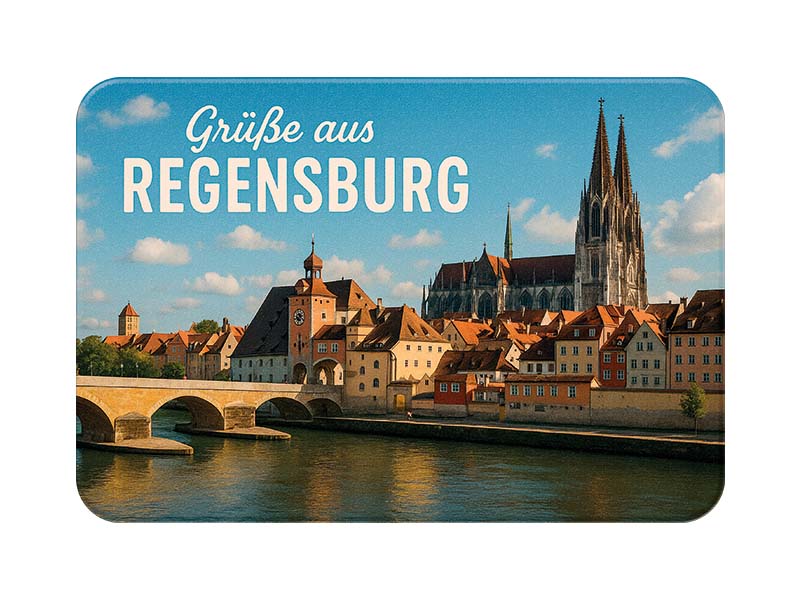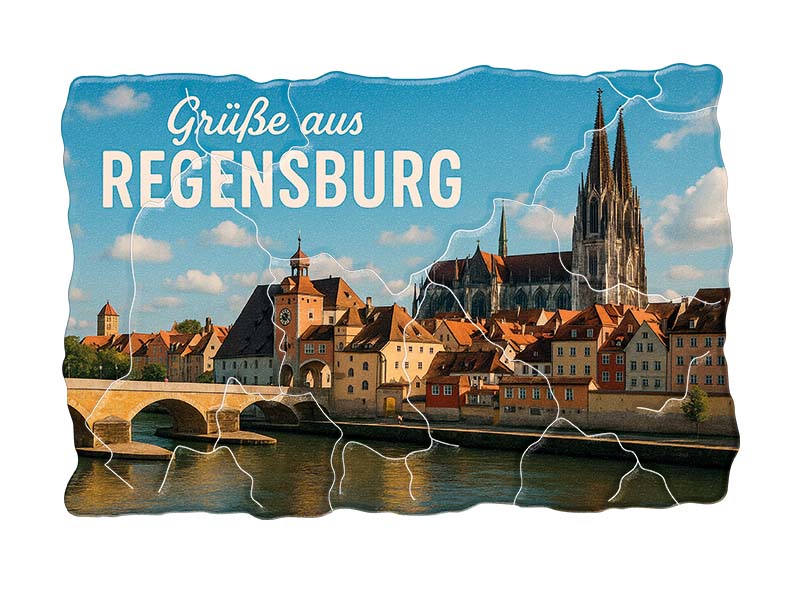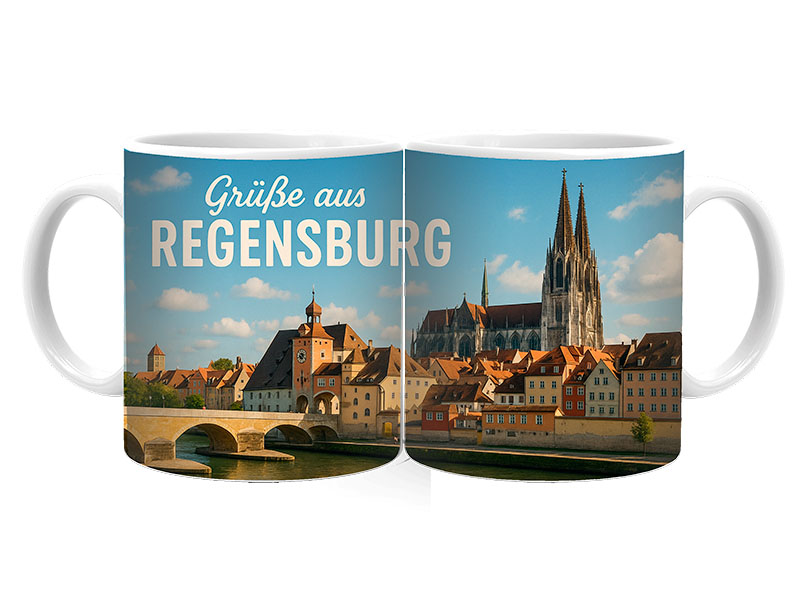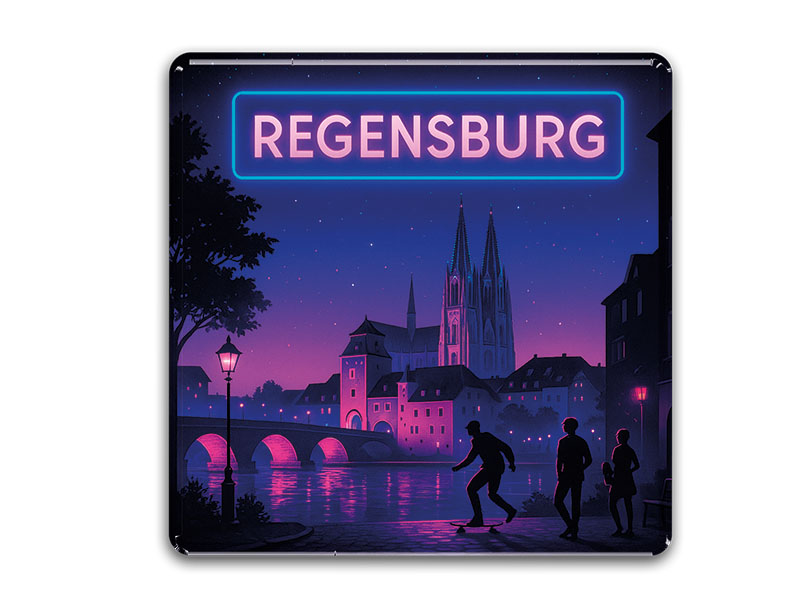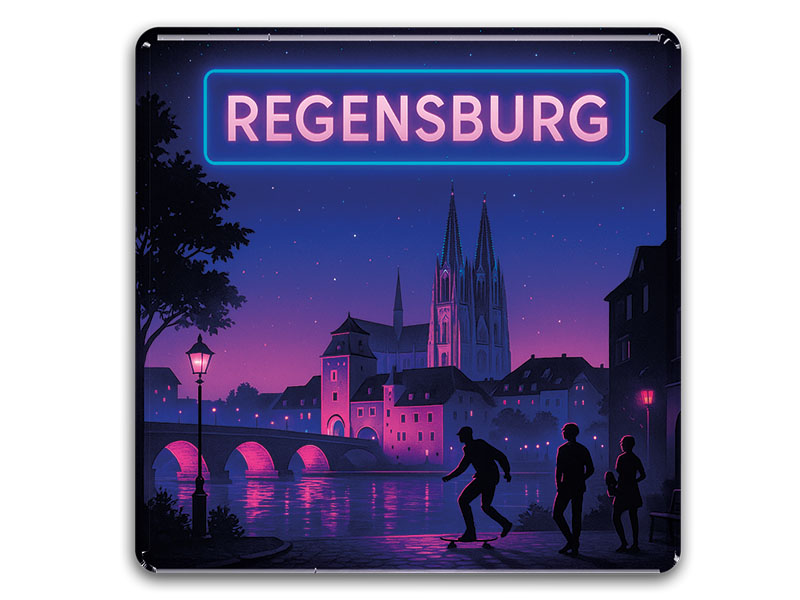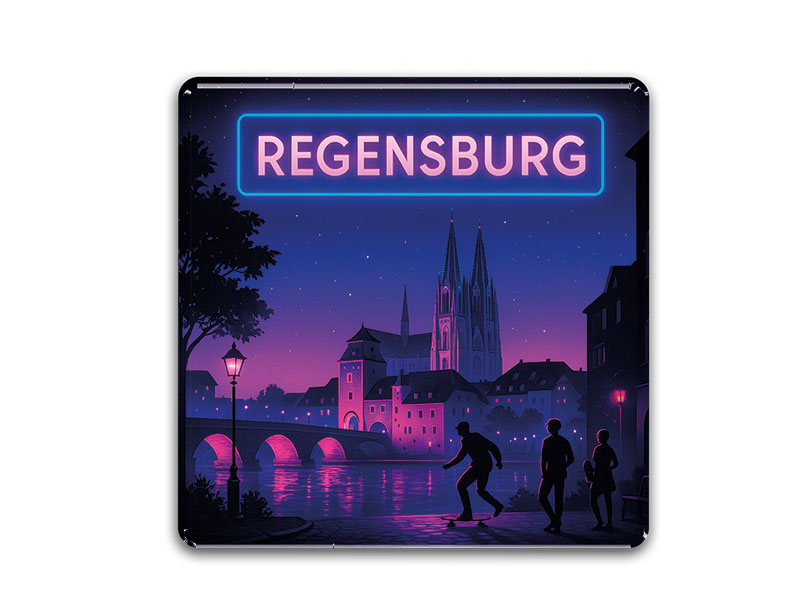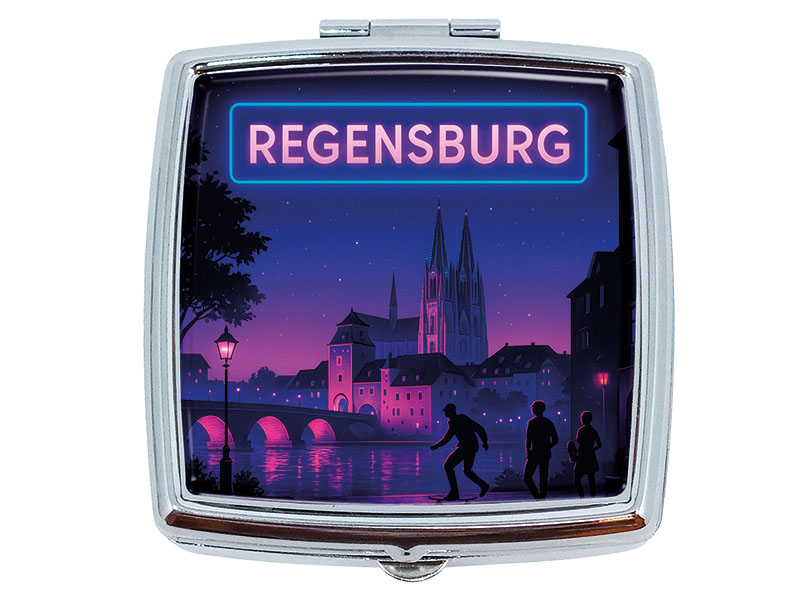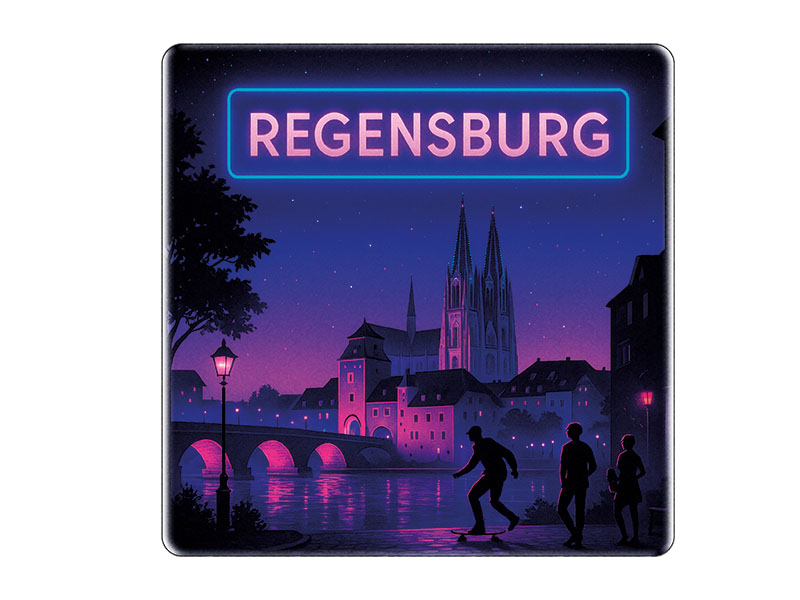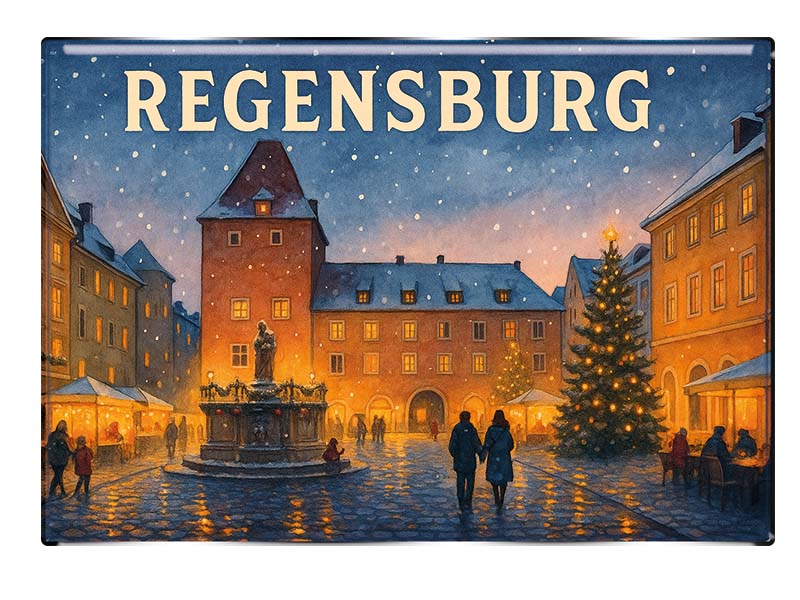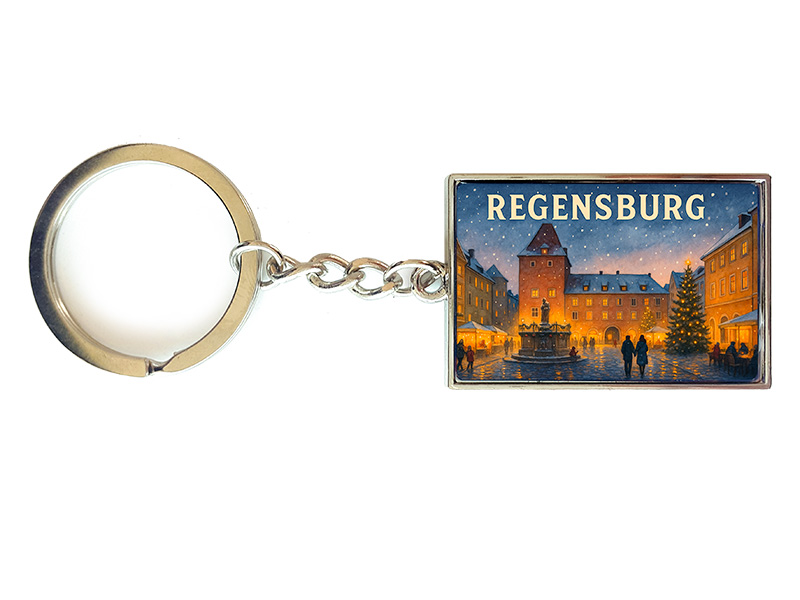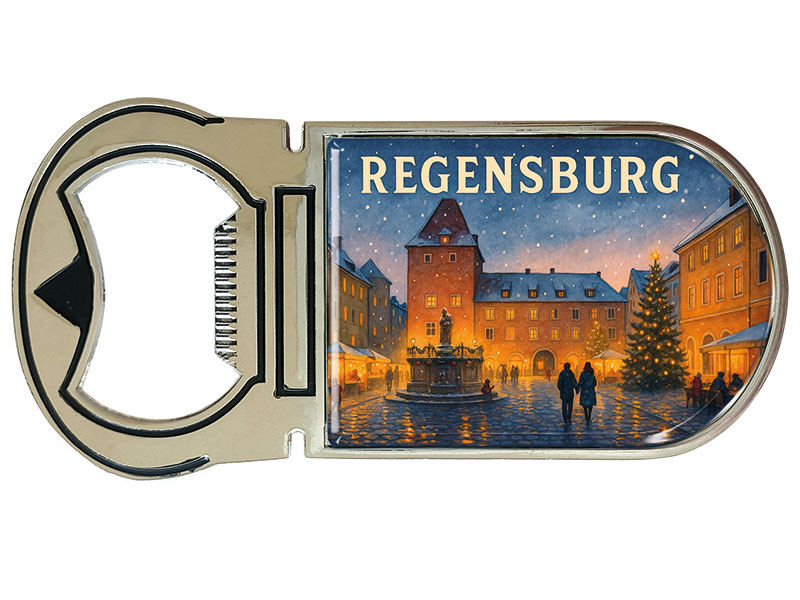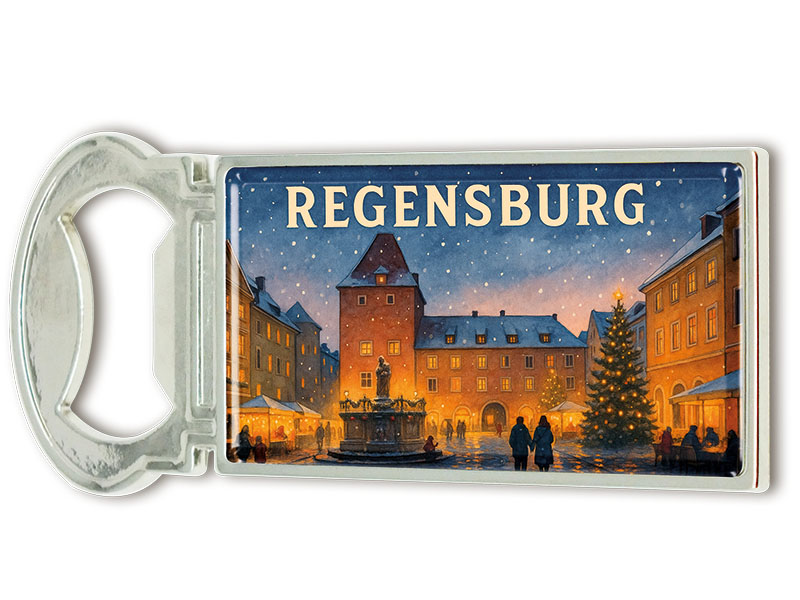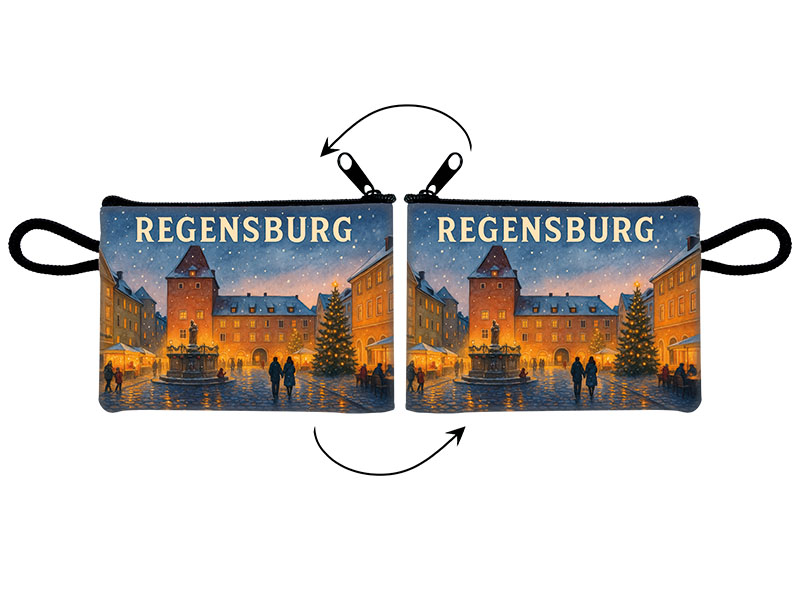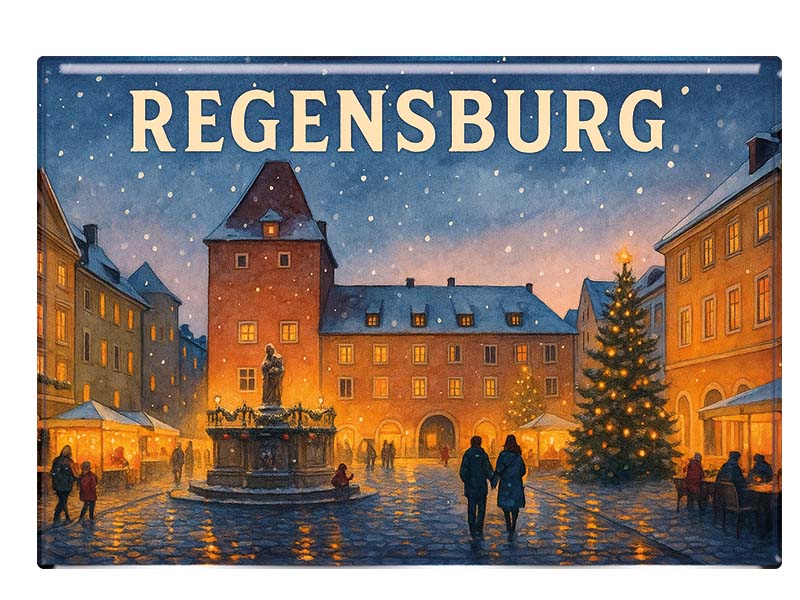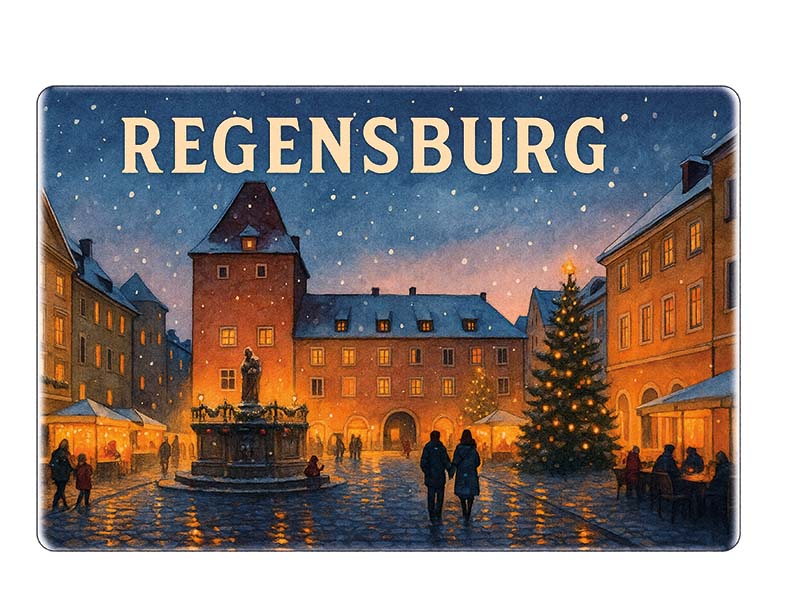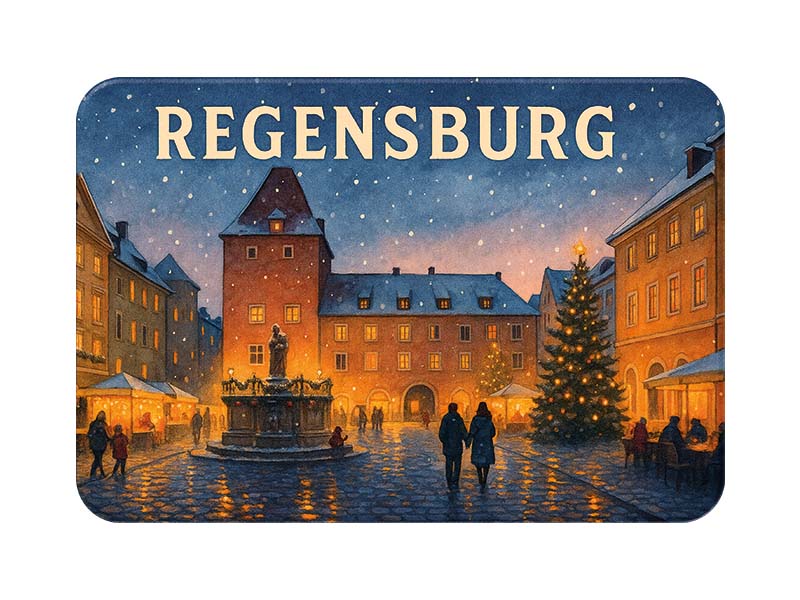- Vehicles
- Figures
- Witches
- Carnival
- Canvas
- Magnets
- Materials
- Maritime
- Hats
- New products
- Personalize
- Plush
- Dolls
- Collectible figures
- Keychain
- Special production
- %Special offers%
- Money boxes
-
Cities - Regions
- Bad Säckingen
- Bamberg
- Bayerischer Wald
- Berchtesgaden
- Berlin
- Bodensee
- Bremen
- Brocken
- Chiemsee
- Cochem
- Dinkelsbühl
- Dresden
- Eibsee
- Frankfurt
- Freiburg
- Gardasee
- Garmisch-Partenkirchen
- Hamburg
- Harz
- Heidelberg
- Helgoland
- Insel Mainau
- Kleinwalsertal
- Koblenz
- Köln
- Königssee
- Leipzig
- Lübeck
- Mecklenburgische Seenplatte
- München
- Nürnberg
- Oberammergau
- Passau
- Potsdam
- Quedlinburg
-
Regensburg
- Rothenburg
- Rügen
- Schwarzwald
- Stuttgart
- Sylt
- Titisee
- Traunsee
- Triberg
- Ulm
- Wernigerode
- Bags/Backpacks
- Textile
- Animal
- Subjects
More information? sign in.
More information? sign in.
More information? sign in.
More information? sign in.
More information? sign in.
More information? sign in.
More information? sign in.
More information? sign in.
More information? sign in.
More information? sign in.
More information? sign in.
More information? sign in.
More information? sign in.
More information? sign in.
More information? sign in.
More information? sign in.
More information? sign in.
More information? sign in.
More information? sign in.
More information? sign in.
More information? sign in.
More information? sign in.
More information? sign in.
Regensburg – A Historic Gem on the Danube
History and Origins
Regensburg is one of the oldest cities in Germany, with a history spanning over 2,000 years. In 179 AD, Roman Emperor Marcus Aurelius established a military camp called Castra Regina at the site of present-day Regensburg. The name "Regensburg" derives from the river Regen, which flows into the Danube here.
In the early Middle Ages, Regensburg became the seat of a Bavarian duchy and soon played a significant role in the Carolingian Empire and later the Holy Roman Empire. By the 10th and 11th centuries, the city had grown into an important center of religion, trade, and learning.
During the High Middle Ages, Regensburg flourished due to its strategic location on the Danube and major trade routes. It attracted merchants from across Europe, including Jewish, Italian, and Slavic traders, who shaped the city's cosmopolitan character.
In 1245, Regensburg was granted the status of a Free Imperial City, allowing it relative independence from the Bavarian duchy. This era saw economic growth and cultural prosperity. In the 17th century, the city began to decline in political importance, though it gained new relevance when the Perpetual Diet of the Holy Roman Empire was established in Regensburg in 1663. This lasted until 1806, when the Holy Roman Empire was dissolved, and Regensburg was incorporated into the Kingdom of Bavaria.
Geographical Location and State
Regensburg is located in the eastern part of the German federal state of Bavaria, at the northernmost bend of the Danube River. It sits at the confluence of three rivers: the Danube, the Regen, and the Naab. Nestled at the foot of the Bavarian Forest, it offers both historical charm and natural beauty.
The city stands at approximately 337 meters (1,106 feet) above sea level and enjoys a temperate climate with warm summers and cool but mild winters.
Population
As of 2025, Regensburg has a population of around 155,000 residents, making it the fourth-largest city in Bavaria, after Munich, Nuremberg, and Augsburg. The city has a relatively young and international population, thanks to its university and several major global companies based in the region.
Main Sights and Attractions
Regensburg boasts one of the best-preserved medieval city centers in Europe. In 2006, its Old Town with Stadtamhof was designated a UNESCO World Heritage Site for its architectural and cultural significance.
Top attractions include:
-
Regensburg Cathedral (St. Peter’s Cathedral): A masterpiece of Gothic architecture and the city’s most iconic building.
-
Stone Bridge (Steinerne Brücke): Built between 1135 and 1146, this is one of the oldest surviving medieval bridges in Europe.
-
Old Town Hall (Altes Rathaus): A historic building that once housed the Imperial Diet and now hosts a museum.
-
Thurn and Taxis Palace: Formerly a monastery, this baroque palace is still inhabited by the princely family and partially open to the public.
-
Porta Praetoria: A Roman gate dating back to 179 AD, one of the oldest standing Roman structures in Germany.
-
The Historic Wurstkuchl: Regarded as the world’s oldest continuously operating sausage kitchen, serving grilled sausages for over 500 years.
The narrow cobbled streets, gothic towers, hidden courtyards, and vibrant squares make Regensburg a city ideal for walking, exploring, and photography.
Tourism
Regensburg attracts around 1.5 to 2 million visitors annually. Tourists are drawn by the city’s rich cultural heritage, impressive architecture, and scenic river setting.
The city is a key stop on many Danube River cruises and a favorite among bicycle tourists on the Danube Cycle Path. Highlights of the event calendar include:
-
The Regensburg Dult (traditional fair, twice a year)
-
The Bürgerfest (a city-wide cultural festival every two years)
-
The Jazz Weekend
-
The Romantic Christmas Market at Thurn and Taxis Palace
Regensburg's accessibility by train, car, and boat makes it a perfect destination for day-trippers and international travelers alike.
Famous People from Regensburg
Over the centuries, Regensburg has been home to many influential figures:
-
Don Juan of Austria (1547–1578), the illegitimate son of Emperor Charles V and a famed military commander, was born in Regensburg.
-
Oswalt Kolle (1928–2010), a pioneer in sexual education, was born here.
-
Konstantin Wecker, a well-known German singer and poet, spent part of his youth in the city.
-
Léonie Charlotte von Hase, Miss Germany 2020, lived in Regensburg.
-
Members of the Thurn and Taxis princely family, particularly Gloria von Thurn und Taxis, continue to reside here.
In the Middle Ages, Regensburg also had a significant Jewish community and was a center for Jewish scholarship and culture.
Typical Food and Drinks
Regensburg’s cuisine reflects traditional Bavarian roots, with hearty, flavorful dishes and regional specialties. Some typical foods include:
-
Regensburger Wurst (a smoked sausage often served with sweet mustard or horseradish)
-
Schäufele (pork shoulder with crispy skin, usually served with dumplings and sauerkraut)
-
Bavarian roast pork with dark beer gravy
-
Blaue Zipfel (sausages poached in vinegar and onion broth)
-
Obazda (a spicy cheese spread served with pretzels)
For dessert, try Apfelkücherl (deep-fried apple rings dusted with sugar and cinnamon) or Bavarian cream.
When it comes to drinks, beer reigns supreme. Regensburg is home to several renowned breweries, including:
-
Kneitinger
-
Bischofshof
-
Spitalbrauerei
Popular local varieties include Helles (pale lager), Weißbier (wheat beer), and strong seasonal Bock beers. Regensburg is also near wine-growing regions, so regional wines are available, especially white wines like Müller-Thurgau and Silvaner.
Typical Souvenirs
Regensburg offers a wide variety of souvenirs, many of which reflect the city’s medieval charm and regional culture:
-
Regensburger sausage in tins or vacuum-packed, ideal as a culinary gift
-
Beer mugs and steins, especially those from local breweries
-
Miniatures of the Stone Bridge or Cathedral
-
Thurn and Taxis merchandise – including books, fine porcelain, and spirits from the princely distillery
-
Handmade gingerbread and cookies, especially around Christmas
-
Regensburg chocolate or pralines, often with city-themed packaging
-
Craft items like glassware, pottery, jewelry, and textiles from local artisans
The Old Town is filled with charming little shops selling everything from gourmet specialties to handmade souvenirs and antiques.
Conclusion
Regensburg is a city where the past and present coexist in perfect harmony. With its extraordinary medieval architecture, rich cultural history, and warm Bavarian hospitality, it stands out as one of Germany’s most fascinating destinations. Whether you're a history buff, a foodie, a nature lover, or simply someone who enjoys wandering beautiful cities, Regensburg has something unique to offer.


